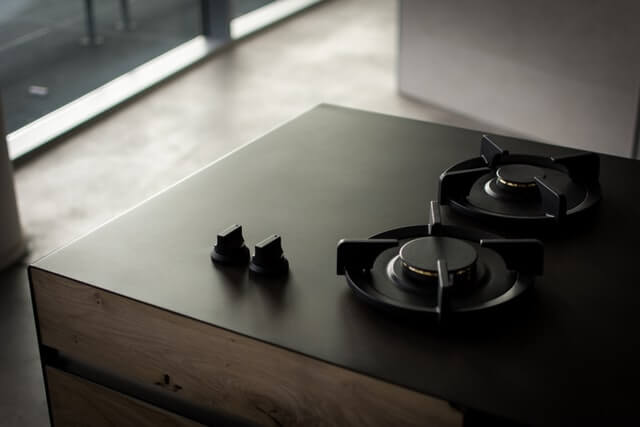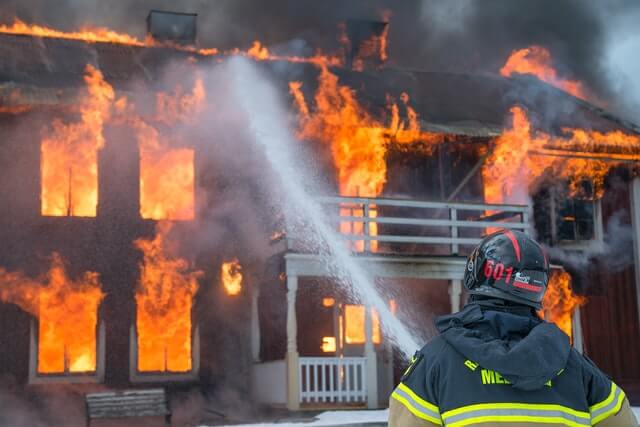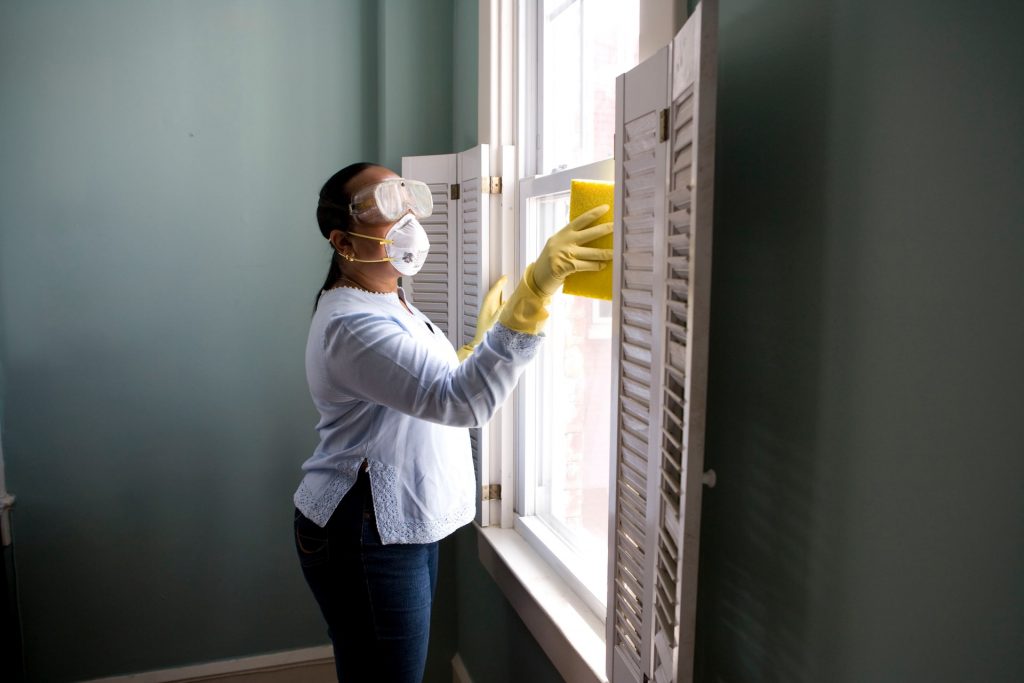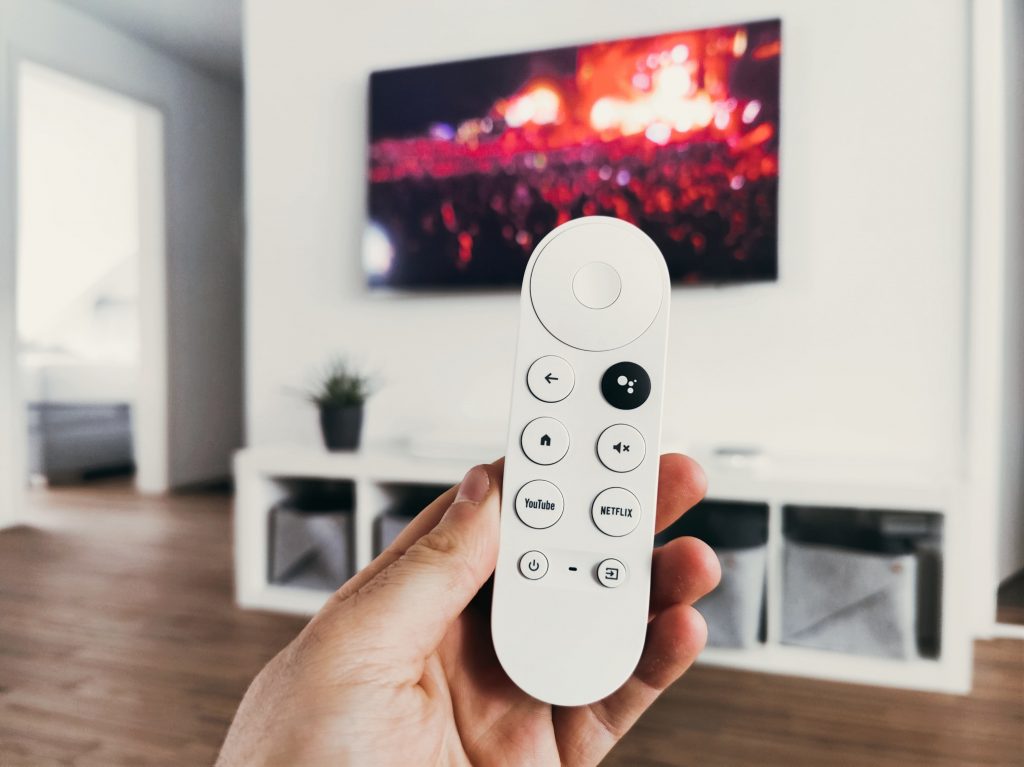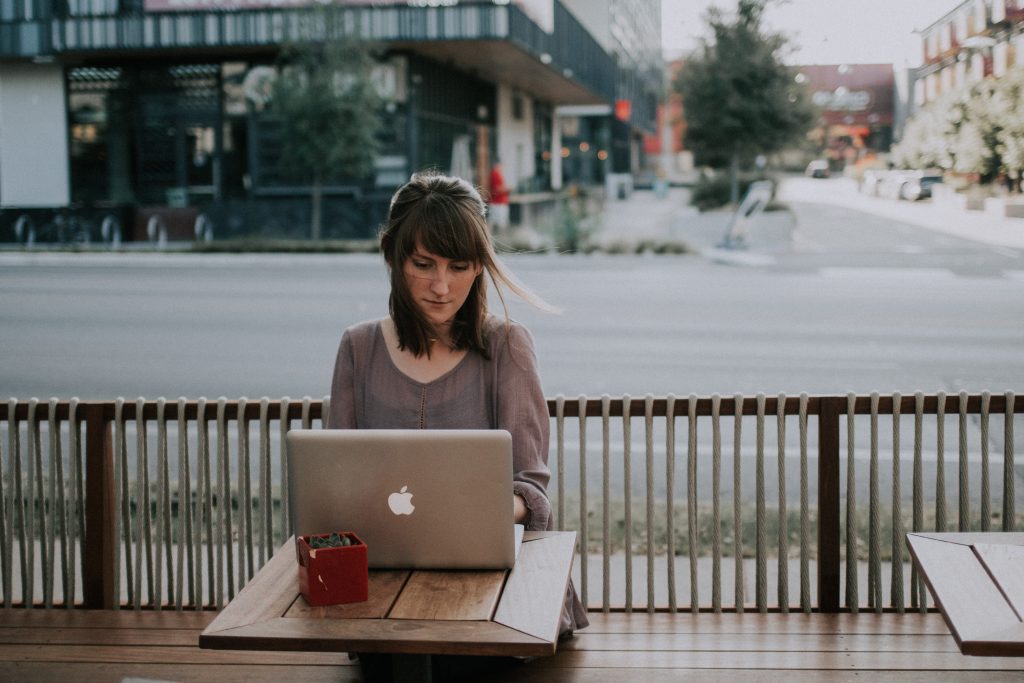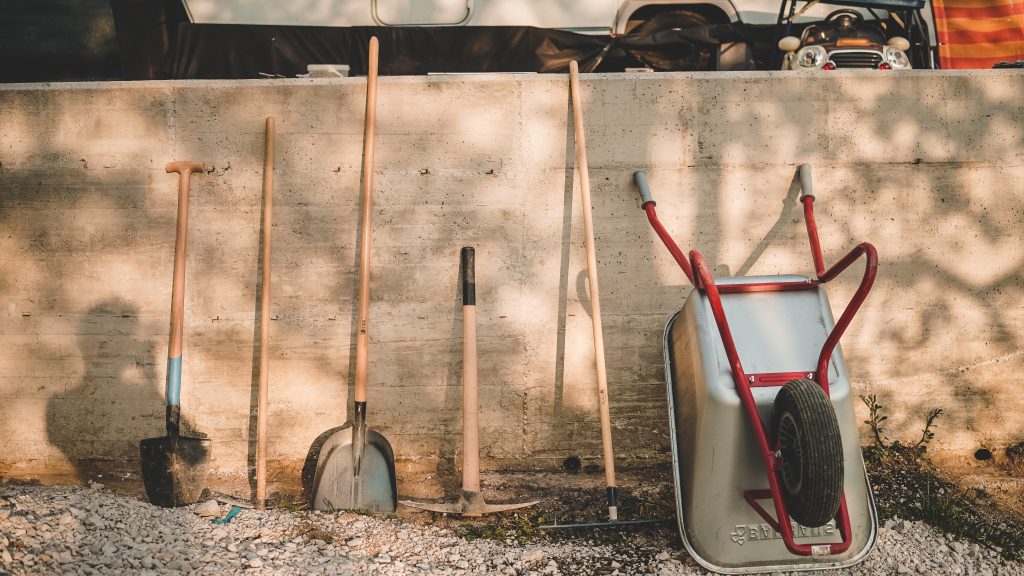Seven Tips For New Landlords
Just like first-time homeowners, new landlords are taking on a lot of new responsibilities and face a steep learning curve. Being a landlord isn’t as simple as posting your property on Zillow, filling it with a tenant, and collecting rent checks. Even if it is just one rental unit, it is still a business and in order to get the most out of your rental property, it is important to treat it as a business. Here are some tips for new landlords to help with the learning curve:
It’s a business
Even if your rental property isn’t your primary source of income, it should still be treated as a business. Always communicate with your tenants professionally. Be responsive and attentive to the needs of both your property and your tenants. Becoming too casual or friendly with your tenants runs the risk of them not taking you seriously and they could try to take advantage of your business. Companies like Ziprent can help with the professionalism of your business.
Have a Thorough screening process
A rental property is a big asset and a good source of income. You’ll want to protect that asset in any way possible. Making sure you have responsible tenants is an important step when it comes to protecting your property. This can create more expenses, but it can save you a lot of time and money in the long run.
Check a potential tenant’s rental history. You’ll want to see if there are any evictions or red flags that might show they are a risk. You’ll also want to check their income to make sure they can afford rent. A rule of thumb used by landlords is to make sure a tenant makes 3x the amount of rent with their monthly income. You can also run a credit check to see if they have any outstanding debt or failure to pay creditors. Letting tenants know you screen for these things upfront may even prevent potential red flag tenants from applying in the first place.
Know your local and federal laws
Even though being a landlord may not be your primary profession, you are still expected to be familiar with fair housing laws as well as any other state or municipal laws. You can read your local tenant-landlord laws online. If you’re having any trouble understanding the laws or are feeling overwhelmed, you can consult a lawyer. Knowing this information will help protect you from lawsuits.
Have a well-written lease

A lease is a binding contract between you and your tenant. You’ll want to make sure the contract is clear about what the tenant is allowed to do on the property. There are the obvious aspects of a lease are how much rent is, when it is due, late fees, and the duration of the lease. There are other things to consider when it comes to writing a lease. For example, you’ll want to consider if a tenant can or can’t list extra rooms to rent on Airbnb. You can include pets that are and aren’t allowed as well as any fees included for pets. You can include what alterations a tenant can or can’t make like painting walls. Other things to include are lawn maintenance, parking instructions, pest control, as well as specifics about how the property can be used and subletting.
Use software to manage property
If being a landlord isn’t your primary job or source of income, finding all the time necessary to properly manage the landlord business can be difficult. You won’t have the advantage of time and investment in development professionals have. One way to save yourself some time is to get some assistance through software. This will help you when it comes to collecting rent online as well as run reports like a profits and losses report to keep your finances up to date.
Give incentives to keep good tenants
Good tenants are hard to find and high turnover can be costly and eat into your profits. Finding a quality tenant who intends to stay in the same place for a while is incredibly valuable. Even if you are increasing rent every year to keep up with the market rate, you’ll want to find ways to keep your tenant around. One way to do that is to agree to upgrade one item or part of the rental unit that needs upgrading. This can be anything from the toilet to the floors, or countertops.
Increase rent annually
You’ll want to keep tabs on what the market rate for rent is as well as how much rent is increasing year over here. Recent trends show rents going up as the supply of housing stays low, if that were to reverse for some reason, then raising rent may not be the best idea. You’ll also want to make sure you don’t raise the rent too much if you have a tenant who wants to renew. If the tenant decides to leave because rent becomes too high, the turnover process could end up costing you more than any gains you’ll see from an increase in rent.



